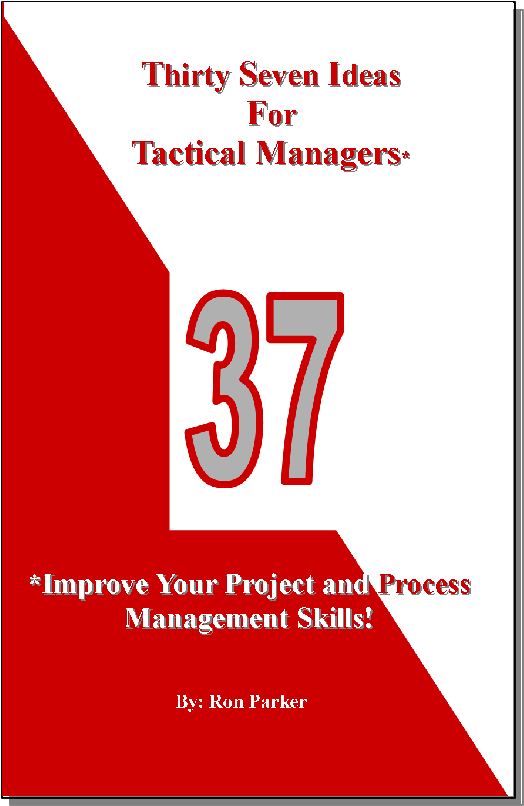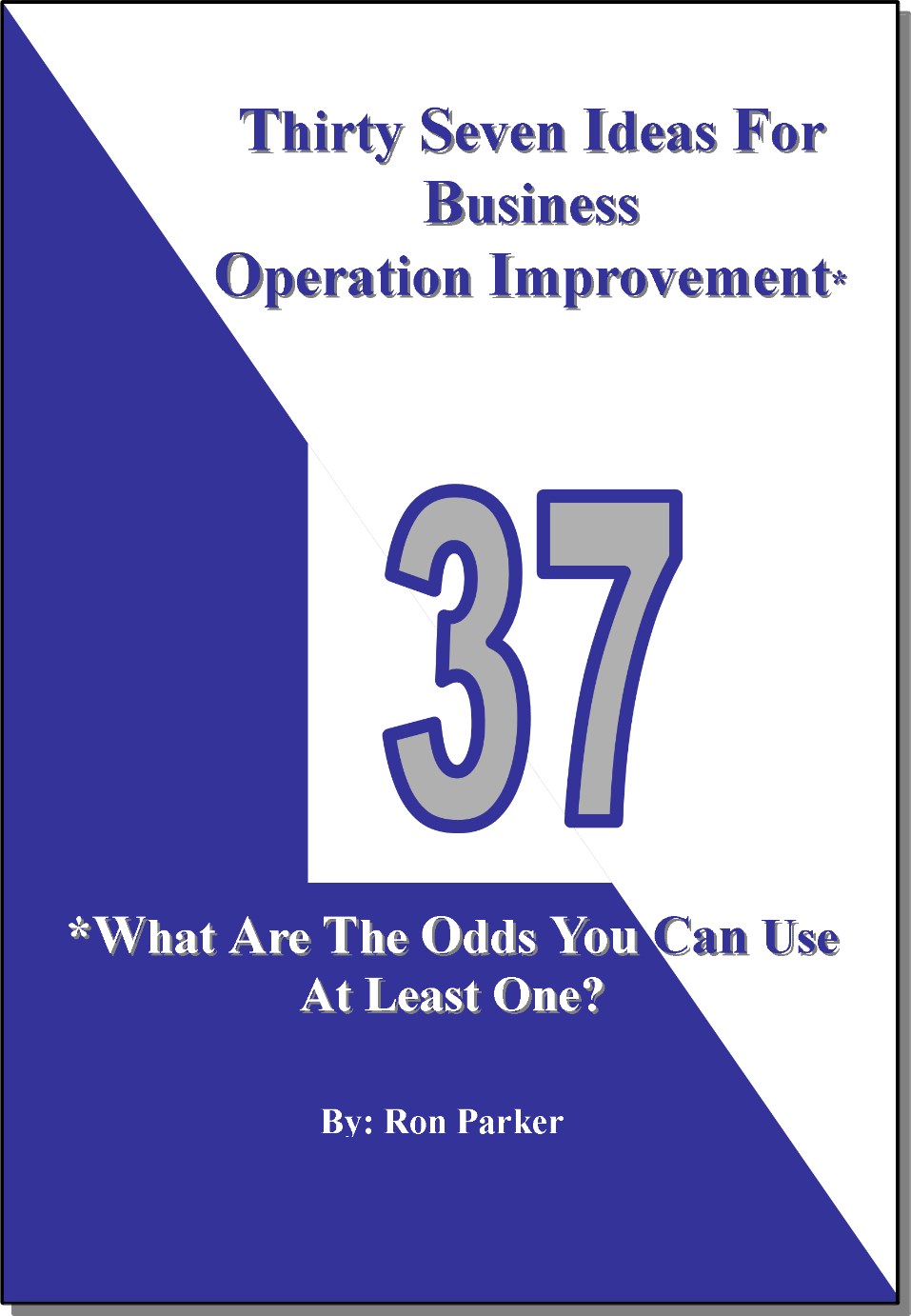Re-Engineering a Contact Center’s Support Desk Processes, Tools and Metrics
Actionable metrics are conclusions that rest atop a careful pyramid of reasoning that has first-hand observation at its foundation. This is true, even in the realm of precision measurement where we quantify things too small, too big, too fast, too slow or too abstract the see with unaided senses.
Attribute measurement, where we drop events into categories, is very common in contact center metrics. When, where and how many cases by type is often where categorical analysis begins, but if the measurement foundation if flawed, then the conclusions will be weak and uncertain.
True Story!
One client had well over 100 agents providing Technology support for the company’s workers in all 50 states. Their old Remedy ticketing system always had them start a new call and a fresh ticket with a “Category, Type & Item” ticket type. An audit of calls showed that most of these tags were so vague as to be useless or simply wrong.
Here is what we did to re-structure the process.
First, agents were trained to understand that the classification was provisional. It could be reclassified once all evidence was in.
Second, we looked at the anatomy of their Technology infrastructure, and reconstructed the category, type, item choices accordingly. (We have successfully used this anatomical approach to clarify the scope of support in other organizations.)
Now, the most important part!
We added three fields with behind the scene changes to the ticketing software, and modified the agent process like this:
When each call came in, we documented “Symptoms”. The field names and work flows reflected this early first step – and pick lists of previously reported symptoms suggested a provisional category, type and item.
Every support call starts with at least one symptomatic behavior in tech, but analysis cannot stop there. A given symptom may have a benign cause, a serious cause, or may be a complex interaction of two or more causes. So the next modification to the process was this:
We trained our agents in the basic anatomy of the systems that they support so that they could attempt to code a “Diagnosis” the cause of the problem. Too often, support centers are happy to simply make a symptom disappear instead of identifying causes and dependencies. Our process approach emphasizing cause identification allowed the support organization to take preventative action for all users that would be impacted by that same cause, but who had not yet experienced trouble!
Finally, the process of closing a ticket now included “Outcome” (a case resolution discussion) and a final classification of category, type and item.
Obviously, there were nuances. We created simple dependency diagrams that allowed agents to quickly grasp technology anatomy. There were TIER I and TIER II division of labor and escalation issues, and sub-tickets and master tickets were used to collate up cases by cause. Re-organization of TIER I into teams that specialized in specific and related systems had a positive impact on training time and call outcomes. Of course, call routing had to be analyzed and re-engineered to reflect all process changes.
However, the result was a new and improved paradigm in that organization for support center “best practices”, and since this project, we have seen some of these ideas imported into other organizations and into later generation ticketing and contact center software.
Tactical Management in Business
Often a difference in degree should be viewed as a difference in kind, and there are two fundamentally different kinds of decisions, metrics and activities in business management.
We call those management activities that are constrained by current staffing, facilities, technology and operational budget: “Tactical Management”. Tactical Management works to maximize an operation’s ability to deliver value, within the constraint of available means.
In contrast, “Strategic Management” provides a context for tactical decisions. Strategic decisions are focused on achieving goals in the face of risk. Green-lighting new products, approving staff increases and making major technology purchases are primarily strategic decisions that can fundamentally change the nature or purpose of the business.
Businesses prosper when both strategic and tactical managers understand their scope of responsibility and the management concepts appropriate to the kinds of decisions that they must make.
Do you have a good “Tactical Management: vocabulary? Take a look at my book, “Thirty Seven Ideas For Tactical Managers”, for a thorough overview of the basic ideas and concepts every tactical manager should know.
Never underestimate the value of a dumb question!

We are business operations consultants and problem solvers with diverse experience in Service, Manufacturing and Industrial environments. We build on a foundation of client dialog, product-process research and identification of actionable metrics, and then create solutions that enable better decisions and better products at a lower cost.
The Need:
When an organization feels that they are under-performing, the fundamental reasons are almost always:
- metrics (“reports”) that are confusing and are not actionable.
- ambiguous work processes and decision rules.
- poor or missing resources, tools and technology to effectively perform the work.
- technology integration issues that are difficult to resolve without disrupting the business.
- A lack of sustainment training which preserves and transfers process & product knowledge to new associates.
Symptoms of these problems can manifest as indecisiveness, mistakes, employee job dissatisfaction and lack of motivation, customer complaints, warranty issues and other gaps between expectations versus results.
The Approach:
As in agent for change and improvement, I have the freedom and objectivity to ask questions and pursue solutions that associates do not.
“Why are these call center agents always busy and these others never receive any inbound calls?”
“Why is the plating current and time set to the same value regardless of what is being plated?”
“Why does the telephone IVR have twenty prompts that all route to the same agent queue?”
“Why are we tying up all of the inbound phone lines with outbound robo-callers?”
“Why are call center agents endlessly scrolling on their 14 inch monitors?”
“Why are all of the packaging machines set to the same identical run speeds?”
“Why aren’t we running most of our product through the welding station with the lowest fail rate?”
“Why is There a puddle of water in the floor?”
A True Story:
As we walked the isle between the high throughput automated lines that turned raw material into finished product, I asked: “Why is there a puddle of water in the floor?” The plant engineer said, “That’s a dumb question! Water in the floor has NOTHING to do with how that machine runs!”
“Open that panel.”, I said. The panel revealed a washer spray that an untrained operator had never aligned. Instead of performing a critical cleaning operation, water was sprayed against the panel and into the floor. Failure to clean meant scrap product!
Never underestimate the value of a dumb question!


